Sunny strip for natives
jenn
15 years ago
Related Stories
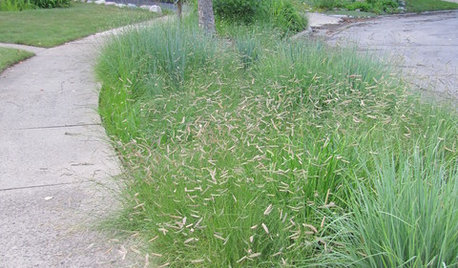
GARDENING GUIDESGreat Design Plant: Bouteloua Gracilis
Resilient blue grama grass thrives in sunny meadows and parking strips in the western U.S.
Full Story
GARDENING GUIDESGarden-Friendly Native Alternatives to Overplanted Exotics
There are lots of gorgeous, wildlife-friendly native plants ready to make an appearance in your garden
Full Story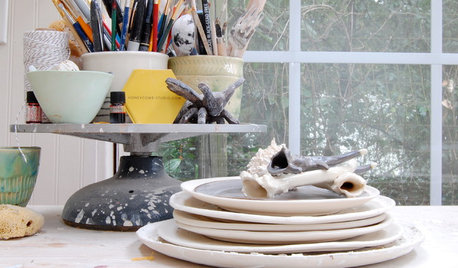
OUTBUILDINGSStudio Tour: From Old Shed to Sunny Ceramics Workshop
Elegant porcelain antlers and more now emerge from an Atlanta outpost where critters once roosted
Full Story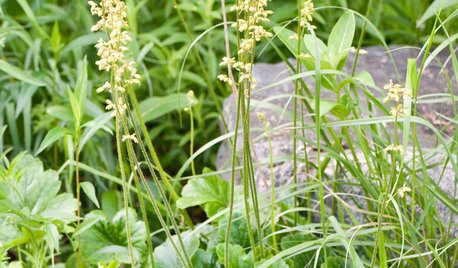
FLOWERS AND PLANTSHeuchera Richardsonii Flourishes in Sunny, Dry Spots
Plant Richardson’s alumroot for spring blooms in north-central perennial gardens, rock gardens and informal prairie plantings
Full Story0
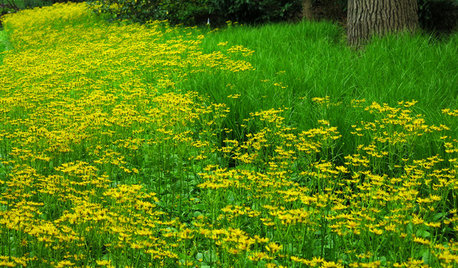
FALL GARDENING5 Native Early-Spring Bloomers to Plant This Fall
Think beyond tulips and daffodils this year with plants that you and native pollinators will love
Full Story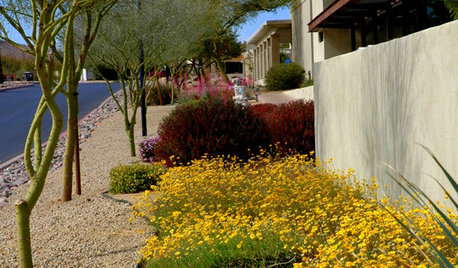
GARDENING GUIDESGreat Native Plant: Angelita Daisy
Want a pretty perennial that can handle high and low temps with little fuss? Versatile angelita daisy is your workhorse
Full Story
FARM YOUR YARDHow to Farm Your Parking Strip
Get an up-close look at a thriving street-side edible garden, one of many sprouting up in Seattle
Full Story
NATIVE PLANTSPlant These Fall-Flowering Natives in Early Summer for Pollinator Love
These 3 groups of plants will support masses of beneficial insects come autumn
Full Story
GARDENING GUIDESHow to Find the Right Native Plants for Your Yard
Find plant maps, sale sites and guides that make going native in the garden easier than ever
Full Story
GARDENING GUIDES9 Clay-Busting Native Flowers for Summer Sun
These plants survive and even thrive in tough clay soil east of the Rocky Mountains
Full Story


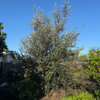
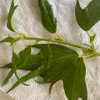
gobluedjm 9/18 CA
dicot
Related Discussions
Native Trees vs. Non-Native Trees
Q
Suggestions for a sunny slope...?
Q
Florida native for sunny window box
Q
'Sunny' Knock Out Rose questions
Q
davissue_zone9
bahia
bluekitobsessed
wanda
calistoga_al ca 15 usda 9
Mikey
Jillberto
angelcub
dicot
calistoga_al ca 15 usda 9
bahia
jennOriginal Author
ccroulet
youreit